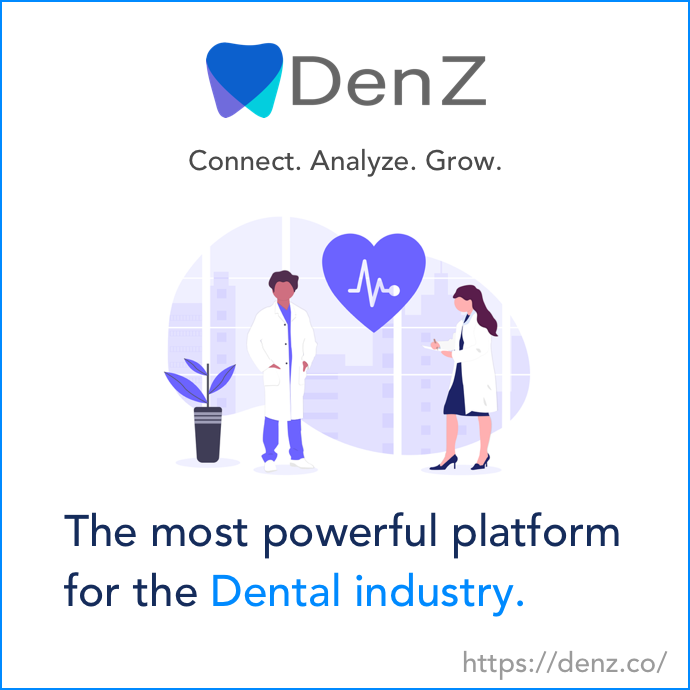Cloud usage continues to soar, as do its associated costs — particularly, of late, those driven by AI. Gartner analysts predict worldwide end-user spending on public cloud services will swell to $723.4 billion in 2025, up from just under $600 billion in 2024. And 70% of executives surveyed in an IBM report cited generative AI as a critical driver of this increase.
At the same time, China’s DeepSeek made waves when it claimed it took just two months and $6 million to train its AI model. There’s some doubt whether those figures tell the whole story, but if Microsoft and Nvidia’s still-jolted share prices are any indication, the announcement woke the Western world up to the need for cost-efficient AI systems.
To date, companies have been able to treat mounting AI costs as R&D write-offs. But AI costs — especially those associated with successful products and features — will eventually hit companies’ cost of goods sold (COGS) and, consequently, their gross margins. AI innovations were always destined to face the cold scrutiny of business sense; DeepSeek’s bombshell announcement just shortened that timeline.
Just like they do with the rest of the public cloud, companies will need to manage their AI costs, including both training and consumption costs. They’ll need to connect AI spending with business outcomes, optimize AI infrastructure costs, refine pricing and packaging strategies, and maximize the return on their AI investments.
How can they do it? With cloud unit economics (CUE).
What is cloud unit economics (CUE)?
CUE comprises the measurement and maximization of cloud-driven profit. Its fundamental mechanism is connecting cloud cost data with customer demand and revenue data, revealing the most and least profitable dimensions of a business and thus showing companies how and where to optimize. CUE applies across all sources of cloud spending, including AI costs.
The foundation of CUE is cost allocation — organizing cloud costs according to who and/or what drives them. Common allocation dimensions include cost per customer, cost per engineering team, cost per product, cost per feature, and cost per microservice. Companies using a modern cost management platform often allocate costs in a framework that mirrors their business structure (their engineering hierarchy, platform infrastructure, etc.).
Then, the heart of CUE is the unit cost metric, which compares cost data with demand data to show a company their all-in cost to serve. For example, a B2B marketing company might want to calculate its “cost per 1,000 messages” sent via its platform. To do this, it would have to track its cloud costs and the number of messages sent, feed that data into a single system, and instruct that system to divide its cloud costs by its messages and graph the result in a dashboard.
Since the company started with cost allocation, it could then view its cost per 1,000 messages by customer, product, feature, team, microservice, or whatever other view it deemed reflective of its business structure.
The results:
- Flexible business dimensions by which they can filter their unit cost metric, showing them which areas of their business are driving their cloud costs
- An illuminating unit cost metric that shows them how efficiently they’re meeting customer demand
- The ability to make targeted efficiency improvements, like refactoring infrastructure, tweaking customer contracts, or refining pricing and packaging models
CUE in the AI age
In the CUE model, AI costs are just one more source of cloud spending that can be incorporated into a business’s allocation framework. The way that AI companies disseminate cost data is still evolving, but in principle, cost management platforms treat AI costs in much the same way as they treat AWS, Azure, GCP, and SaaS costs.
Modern cloud cost management platforms allocate AI costs and show their efficiency impact in the context of unit cost metrics.
Companies should allocate their AI costs in a handful of intuitive ways. One would be the aforementioned cost per team, an allocation dimension common to all sources of cloud spending, showing the costs that each engineering team is responsible for. This is particularly useful because leaders know exactly who to notify and hold accountable when a particular team’s costs spike.
Companies might also want to know their cost per AI service type — machine learning (ML) models versus foundation models versus third-party models like OpenAI. Or, they could calculate their cost per SDLC stage to understand how an AI-powered feature’s costs change as it transitions from development to testing to staging and finally to production. A company could get even more granular and calculate its cost per AI development lifecycle stage, including data cleansing, storage, model creation, model training, and inference.
Zooming out from the weeds a bit: CUE means comparing organized cloud cost data with customer demand data and then figuring out where to optimize. AI costs are just one more source of cloud cost data that, with the right platform, fit seamlessly into a company’s overall CUE strategy.
Avoiding the COGS tsunami
As of 2024, only 61% of companies had formalized cloud cost management systems in place (per a CloudZero survey). Unmanaged cloud costs soon become unmanageable: 31% of companies — similar to the portion who don’t formally manage their costs — suffer major COGS hits, reporting that cloud costs consume 11% or more of their revenue. Unmanaged AI costs will only exacerbate this trend.
Today’s most forward-thinking organizations treat cloud costs like any other major expenditure, calculating its ROI, breaking that ROI down by their most critical business dimensions, and empowering the relevant team members with the data needed to optimize that ROI. Next-generation cloud cost management platforms offer a comprehensive CUE workflow, helping companies avoid the COGS tsunami and bolster long-term viability.
Credit: Source link









































